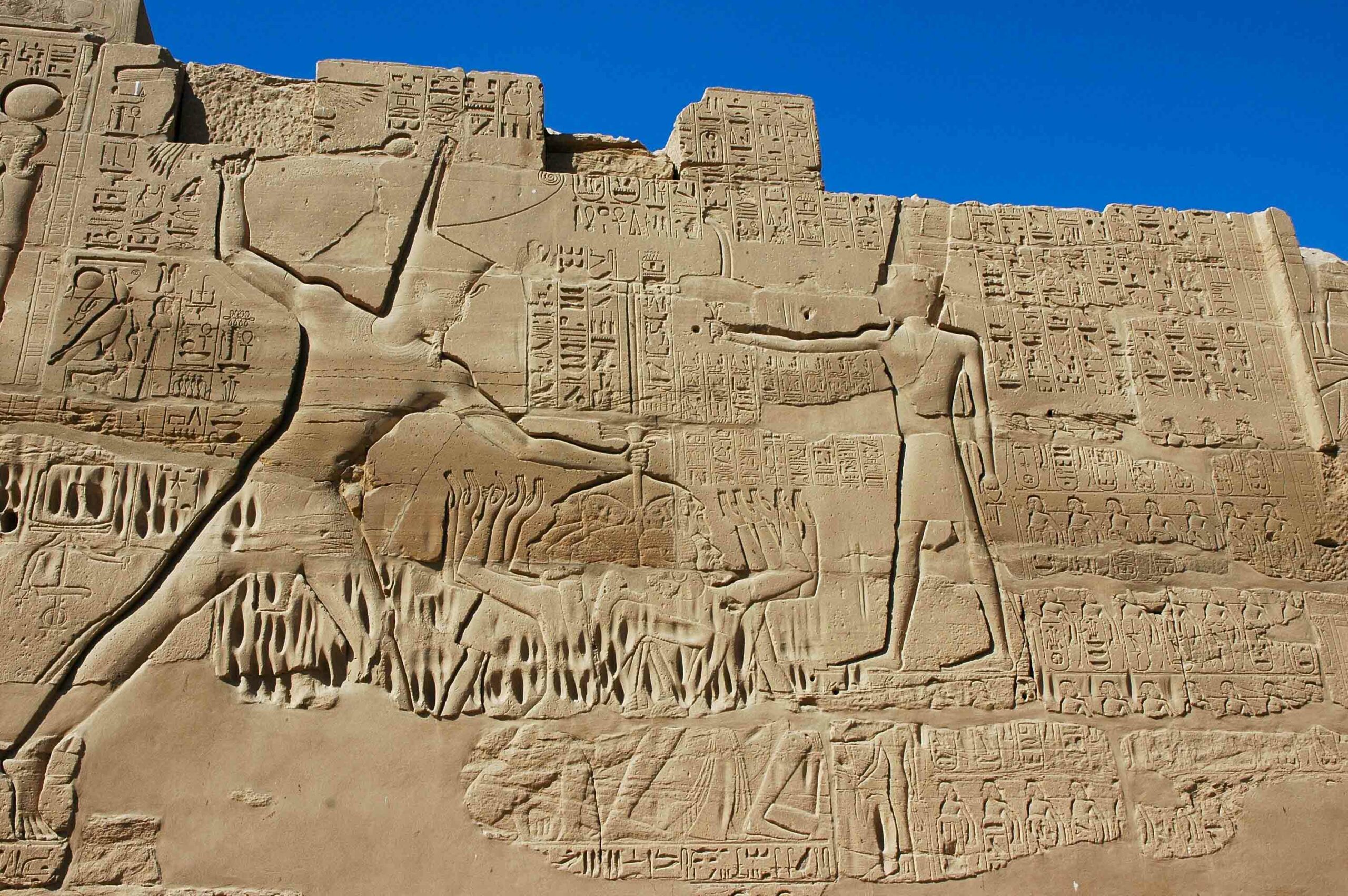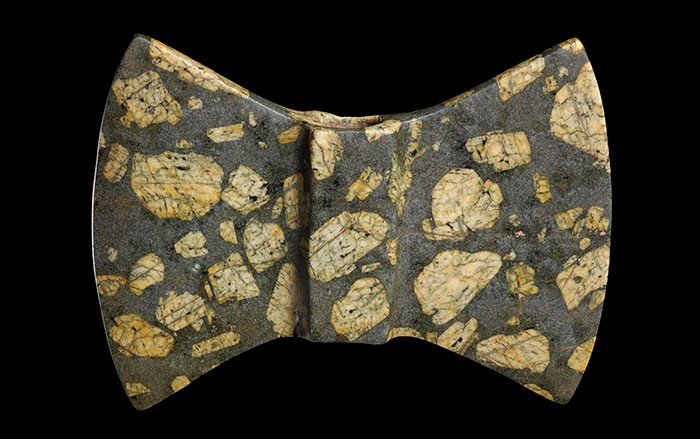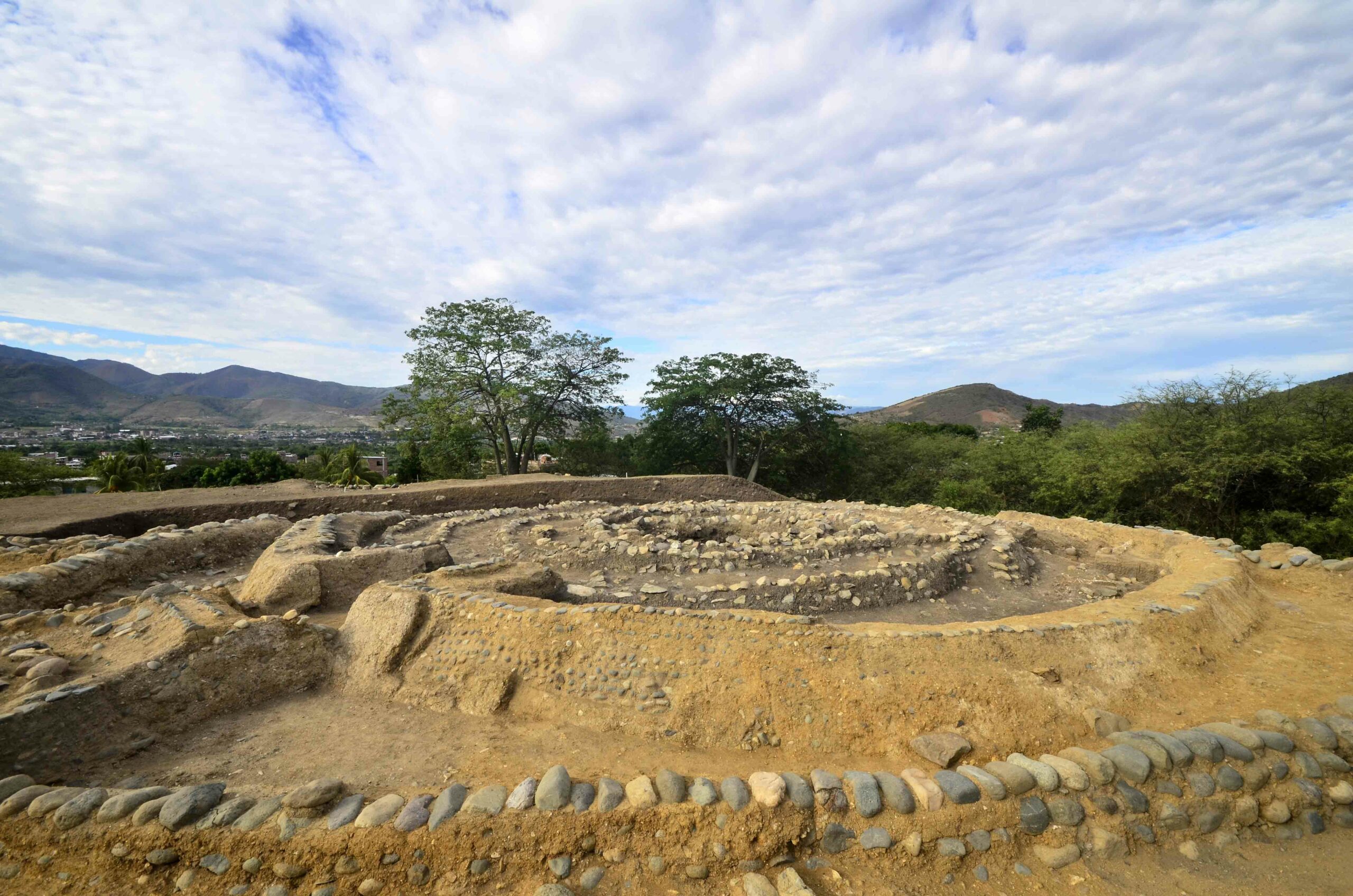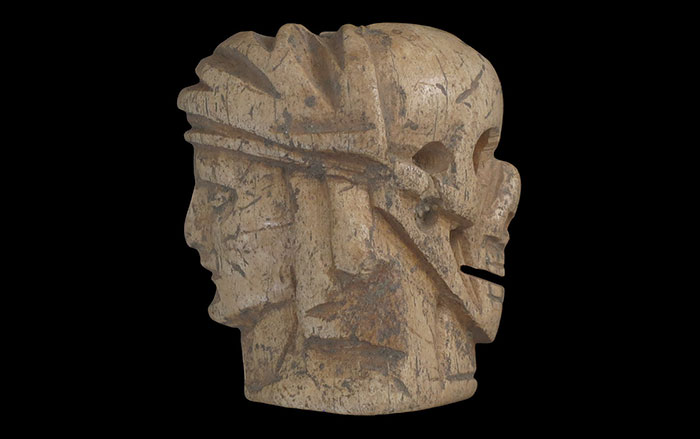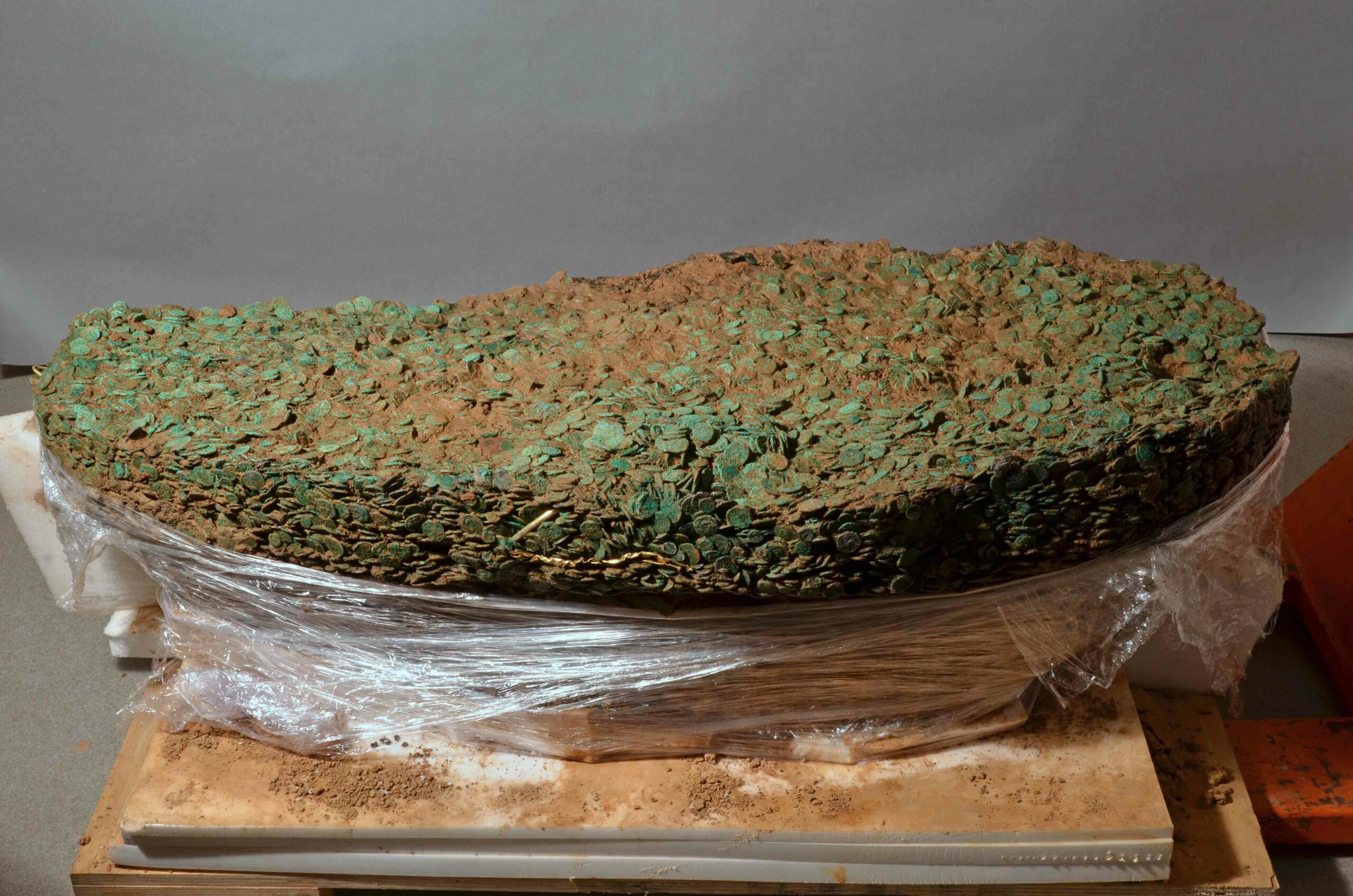
JERASH, JORDAN—Live Science reports that archaeologists have unearthed the remains of an extravagant early Islamic period house in the city of Jerash. The building seems to have been destroyed on January 18, 749, when an earthquake struck the city. The team did not find any objects related to daily life, but they did find troughs filled with thousands of the stone cubes known as tesserae that are used to create mosaics. That suggests that the house was possibly undergoing a remodel at the time of the earthquake. The discovery also allows a rare glimpse into the process of mosaic creation. “What our findings now indicate is that these tesserae were most likely produced on location,” says Aarhus University archaeologist Rubina Raja, the project's co-leader. “You would have the craftsmen or craftswomen who actually carved these tesserae on-site to be used later.” The team also found the skeleton of a young person who appears to have died in the house when the earthquake struck. To read more about early Islamic archaeology, go to “Expanding the Story.”






